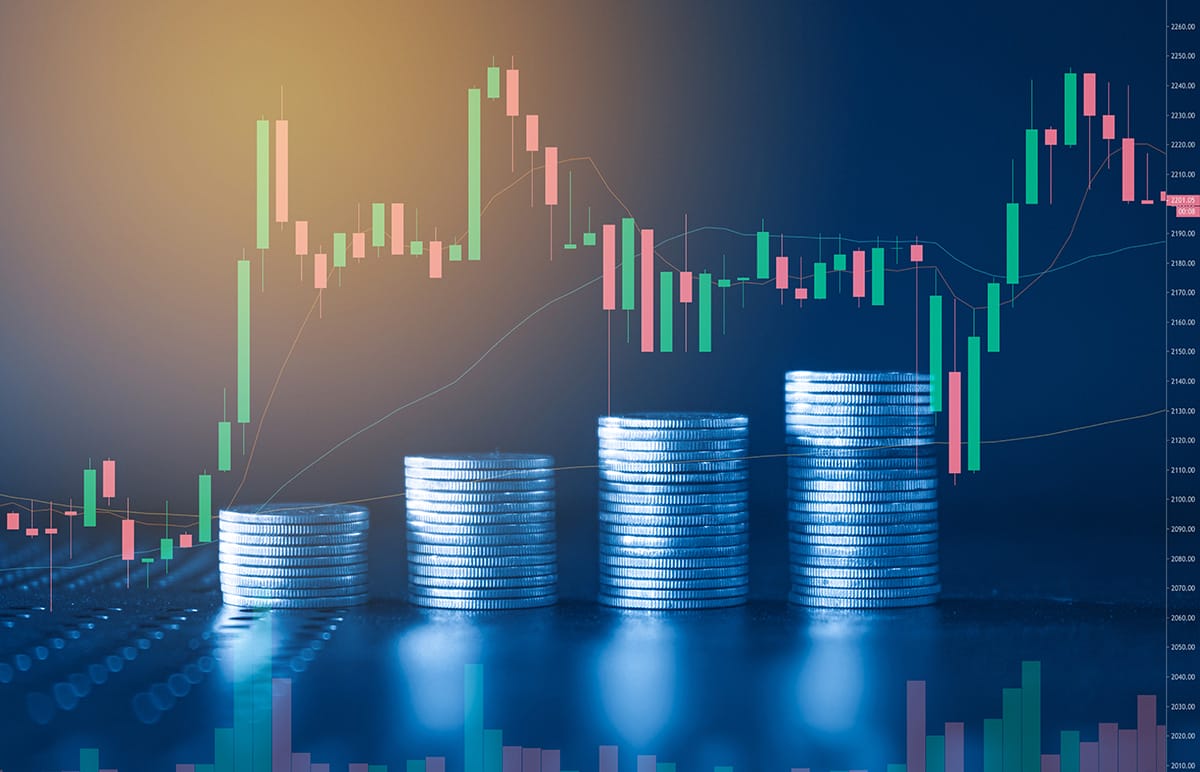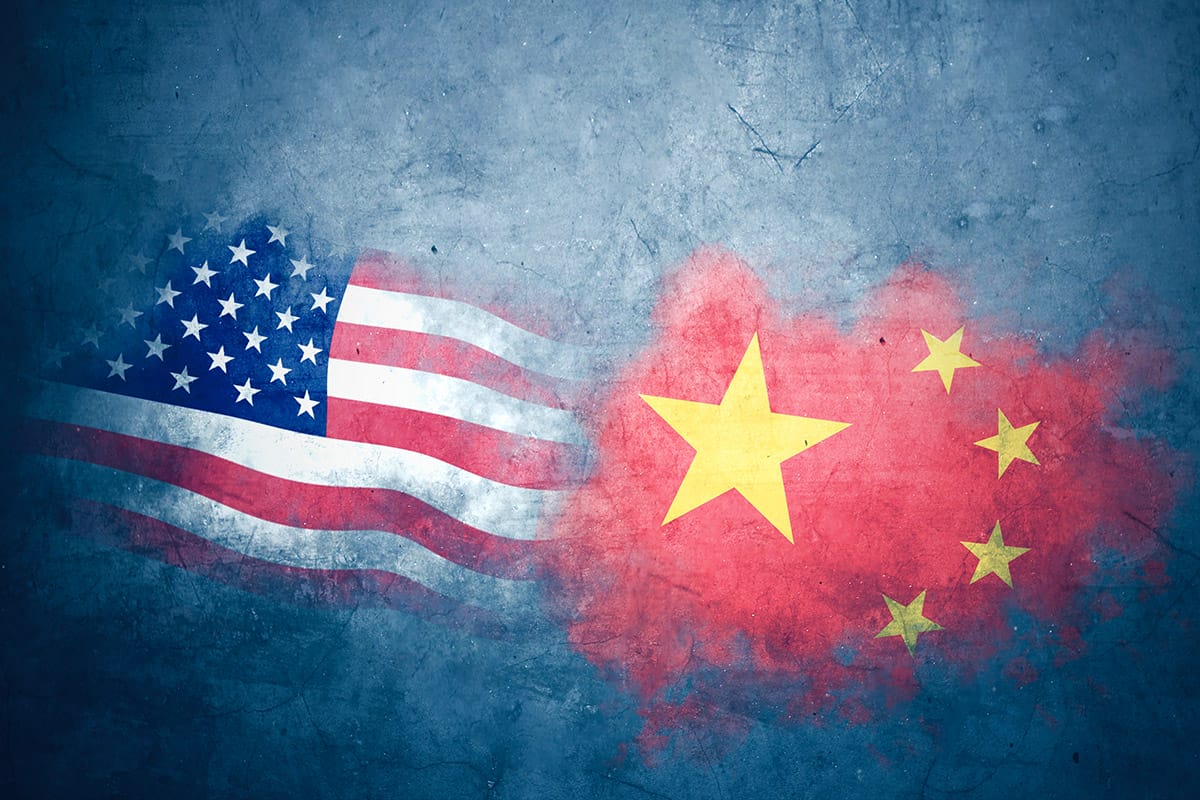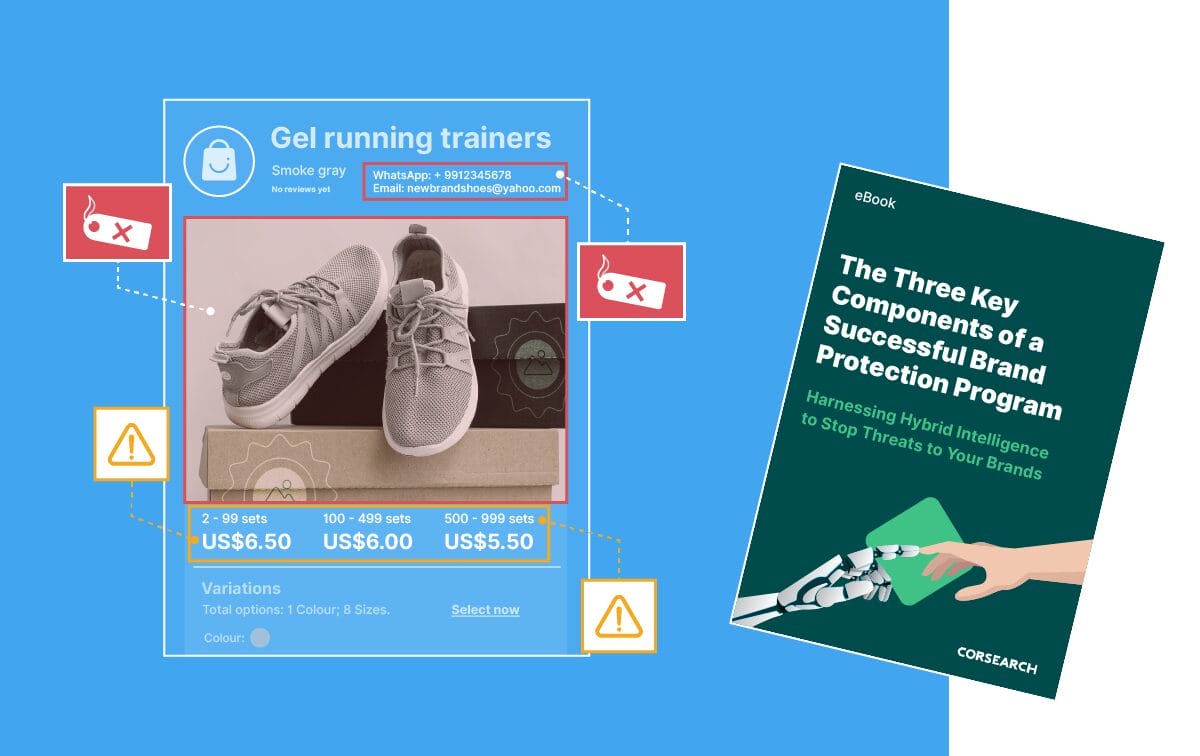Blog
Non lasciate che le tariffe doganali amplifichino le perdite dovute alle contraffazioni
- Protezione del marchio

I margini sono già sottili: non perdetene altri a causa di falsi, furti di proprietà intellettuale e imitazioni di marchi.
Se il vostro marchio sente la pressione della riduzione dei margini, non siete soli. Mentre il commercio globale si muove a ritmi fulminei e le politiche tariffarie fluttuano quasi quotidianamente, le aziende stanno già assorbendo l'aumento dei costi di approvvigionamento, logistica e conformità. Ma mentre molti si concentrano sulla protezione dei profitti dall'inflazione determinata dalle politiche, c'è un'altra minaccia che erode silenziosamente i margini: la contraffazione.
Infatti, mentre voi calcolate come compensare le tariffe, i contraffattori calcolano come trarre profitto dalla vostra esposizione.
La buona notizia? Esistono modi comprovati per mitigare i danni e difendere la vostra strategia di canale e-commerce.
Continuate a leggere per scoprire come i contraffattori e altri malintenzionati cercano di trarre vantaggio dall'aumento dei dazi e dall'incombente guerra commerciale globale e, soprattutto, come potete rafforzare la posizione del vostro marchio per proteggere i vostri margini di profitto e la fiducia dei consumatori.
I contraffattori prosperano in mercati instabili
I periodi di volatilità economica sono un terreno fertile per la violazione della proprietà intellettuale. Mentre le aziende cambiano i fornitori, lanciano i prodotti più velocemente e corrono per rimanere competitive sul piano dei costi, i contraffattori si muovono altrettanto rapidamente, riproducendo le confezioni, dirottando le inserzioni e introducendosi nei canali di vendita frammentati con falsi convincenti.
Ma con le basse barriere all'ingresso che hanno portato a un aumento della diffusione, la contraffazione non si limita a erodere il valore del marchio, ma intacca direttamente i margini di profitto.
Secondo l'OCSE, i marchi possono perdere fino al 10% del loro fatturato a causa delle contraffazioni. In settori come i beni di lusso, l'elettronica e i prodotti farmaceutici, questa cifra può essere ancora più alta. E in tempi di pressione tariffaria, quando ogni punto base di margine è importante, questo tipo di perdita può far pendere la bilancia dal profitto al dolore.
I dazi aumentano i costi - le contraffazioni alzano la posta in gioco
Il quadro più ampio rivela un panorama impegnativo che i marchi dovranno affrontare nel 2025 e oltre:
- La guerra tariffaria tra Stati Uniti e Cina, iniziata nel 2018, ha colpito oltre 500 miliardi di dollari di merci, con tariffe medie che sono passate dal 3% a oltre il 20% in alcuni settori.
- Nel 2025, con una seconda amministrazione Trump e nuove restrizioni commerciali, le aziende si stanno preparando a politiche tariffarie ancora più ampie e aggressive, tra cui la proposta di tariffe universali sulle importazioni. Ancora più preoccupante è il rischio di una vera e propria guerra commerciale tra le due maggiori economie mondiali, gli Stati Uniti e la Cina.
- Allo stesso tempo, l'inflazione, l'aumento del costo del lavoro e le strozzature della catena di approvvigionamento fanno salire il costo dei prodotti venduti.
- Con l'aumento dei costi di importazione, i mercati internazionali diventano sempre meno redditizi. Ciò significa che i prodotti di marca originali possono scomparire dagli scaffali di questi mercati, per essere sostituiti da contraffazioni e imitazioni più economiche prodotte a livello nazionale.
Mentre assorbono questi aumenti, le aziende cercano di recuperare le perdite aumentando l'efficienza e proteggendo ciò che già guadagnano. Ogni inserzione fraudolenta, ogni vendita deviata, ogni chargeback contraffatto diventa un colpo più doloroso quando i margini sono già sotto pressione.
Calcolare le perdite da contraffazione è semplice
Se il vostro prodotto ha un margine lordo del 20% e il 5% del vostro fatturato viene perso a causa delle contraffazioni, la redditività ne risente del 25%.
Se si aggiungono i costi delle tariffe, il quadro peggiora ulteriormente.
Perché le contraffazioni aumentano durante i cambiamenti economici
Esiste un legame diretto tra le turbolenze economiche e l'abuso del marchio. Quando le aziende effettuano cambiamenti rapidi - cambiando fornitore, entrando in nuovi mercati o lanciando una supervisione più snella - i truffatori sfruttano la mancanza di visibilità. Alcuni dei punti di ingresso più comuni per le attività di contraffazione durante questi cambiamenti includono:
- Fornitori non controllati con controlli deboli o scappatoie per i subappalti
- Sovrapproduzione dalle fabbriche sottoposte alla pressione dei costi
- Inserzioni clonate su marketplace rivolti a consumatori attenti al budget
- Rivenditori non autorizzati che sfruttano l'interruzione dei canali di distribuzione e la scarsità dell'offerta
Il risultato? Un'impronta digitale del marchio frammentata, difficile da monitorare e facile da sfruttare.
La riduzione dei costi non può avvenire a spese del controllo
Durante l'instabilità dei mercati e la recessione economica, è naturale tagliare le spese non essenziali. Ma gli strumenti anticontraffazione non sono spese generali: sono sistemi di protezione del margine. Infatti, è proprio questo il momento in cui è più importante mantenere la spesa per il programma di protezione del marchio.
Le piattaforme di protezione del marchio efficaci non si limitano a individuare le inserzioni false. Sfruttando l'IA all'avanguardia e una potente tecnologia di corrispondenza delle immagini, esse:
- Monitoraggio in tempo reale su centinaia di piattaforme
- Identificare le reti coordinate e i trasgressori recidivi
- Automatizzare i takedown per ridurre i costi legali e il tempo di azione.
- Forniscono prove di livello forense per l'applicazione della legge e per potenziali azioni offline.
- Fornire informazioni sui rischi che alimentino i team di approvvigionamento, conformità e legali.
E soprattutto, prevengono le perdite future prima che si verifichino dissuadendo i contraffattori dall'inserirsi nei vostri canali prioritari.
Alto ROI, basso attrito
I clienti di Corsearch riportano costantemente ritorni misurabili sugli investimenti per la protezione del marchio. In un caso, un'azienda elettronica di medie dimensioni ha registrato una diminuzione del 35% delle inserzioni fraudolente entro tre mesi dall'implementazione del monitoraggio in nuovi mercati di produzione, recuperando una cifra stimata in 1,2 milioni di dollari di vendite distratte all'anno.
Non si tratta solo di anticontraffazione, ma anche di recupero dei margini.
La protezione del marchio non è un centro di costo, ma un difensore dei profitti.
Riformuliamo il discorso. Non lancereste mai un nuovo prodotto senza assicurazione, logistica, controllo qualità o sorveglianza del mercato. Quindi, perché consentire ai contraffattori di operare senza controllo durante uno dei momenti più sensibili ai costi del ciclo di vita del vostro marchio?
Una solida strategia di protezione del marchio online fa tre cose fondamentali:
- Preserva i ricavi eliminando i falsi concorrenti dal mercato
- Proteggere il potere di determinazione dei prezzi mantenendo il valore del prodotto e la fiducia del consumatore
- Migliora l'efficienza operativa riducendo i reclami e i resi legati alla contraffazione.
E se abbinato a un approvvigionamento agile e a una supervisione legale, diventa un moltiplicatore di forze nella gestione del rischio geopolitico.
Il vostro marchio è un obiettivo, soprattutto in tempi difficili
I contraffattori sono opportunisti. Quando vedono un marchio che riduce l'applicazione delle norme, che entra in nuove regioni di approvvigionamento sotto pressione o che subisce un calo delle vendite internazionali, si muovono rapidamente. Se la vostra azienda sta risentendo degli effetti delle tariffe doganali, presumono che siate troppo distratti o troppo limitati nei costi per reagire.
Dimostrare che si sbagliano.
5 segni che il vostro marchio potrebbe essere a rischio in questo momento:
- Avete spostato i fornitori o i centri di produzione per ridurre le tariffe.
- Avete ridotto l'applicazione della PI a causa dei vincoli di bilancio.
- Avete lanciato nuove SKU nei mercati emergenti
- Avete riscontrato un aumento dei reclami dei clienti, degli addebiti o della confusione sui prodotti.
- Vi affidate esclusivamente ai marketplace o agli sforzi manuali per individuare e rimuovere i falsi.
Se una di queste ipotesi si applica, è il momento di rivalutare la vostra strategia di protezione del marchio. Infatti, una volta che una rete contraffatta si è insediata nel vostro mercato, il costo della rimozione è sempre più alto del costo della prevenzione, e altre reti si faranno strada attraverso la breccia.
Proteggete il vostro marchio. Proteggete i vostri margini.
Mentre l'economia globale continua a evolversi, i marchi che prosperano non saranno solo quelli che negoziano migliori accordi di approvvigionamento o resistono agli aumenti delle tariffe. Saranno quelli che sapranno proteggere il valore che già creano.
Avete lavorato duramente per costruire fiducia, fedeltà e presenza sul mercato. Non lasciate che i falsi diluiscano il vostro investimento.
Le soluzioni anticontraffazione non sono una questione di costi, ma di controllo. E quando i margini sono sotto assedio, il controllo è tutto.
Ogni dollaro che si difende è un dollaro che si conserva
Le tariffe andranno e verranno. I mercati si sposteranno. Le catene di approvvigionamento cambieranno. Ma l'abuso del marchio e la contraffazione sono costanti, così come la necessità di proteggere i vostri ricavi da questi fenomeni.
In un mondo in cui ogni punto percentuale è importante, non lasciate che le contraffazioni siano il killer silenzioso dei margini.
Agite subito, perché proteggere il vostro marchio significa proteggere i vostri profitti.
Parlate con uno dei nostri esperti di anticontraffazione per sapere come fare.





